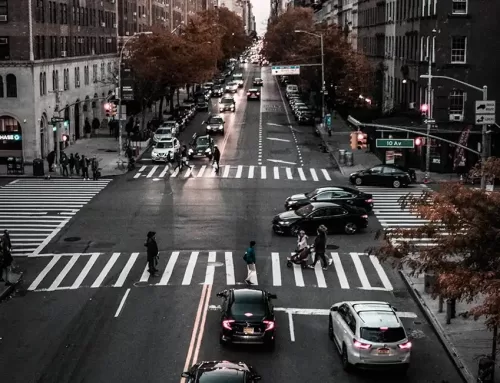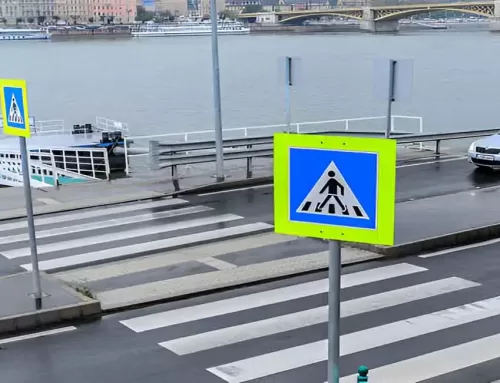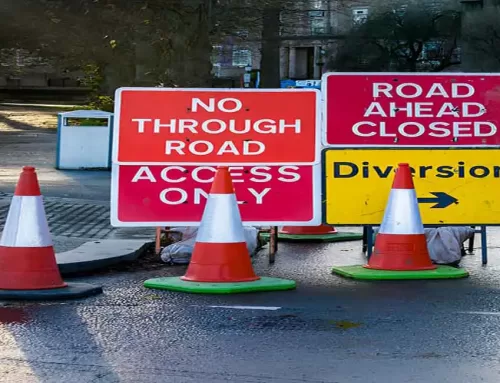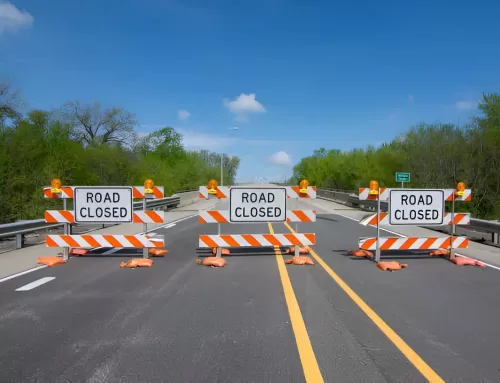The Pros and Cons of Different Types of Traffic Barricades
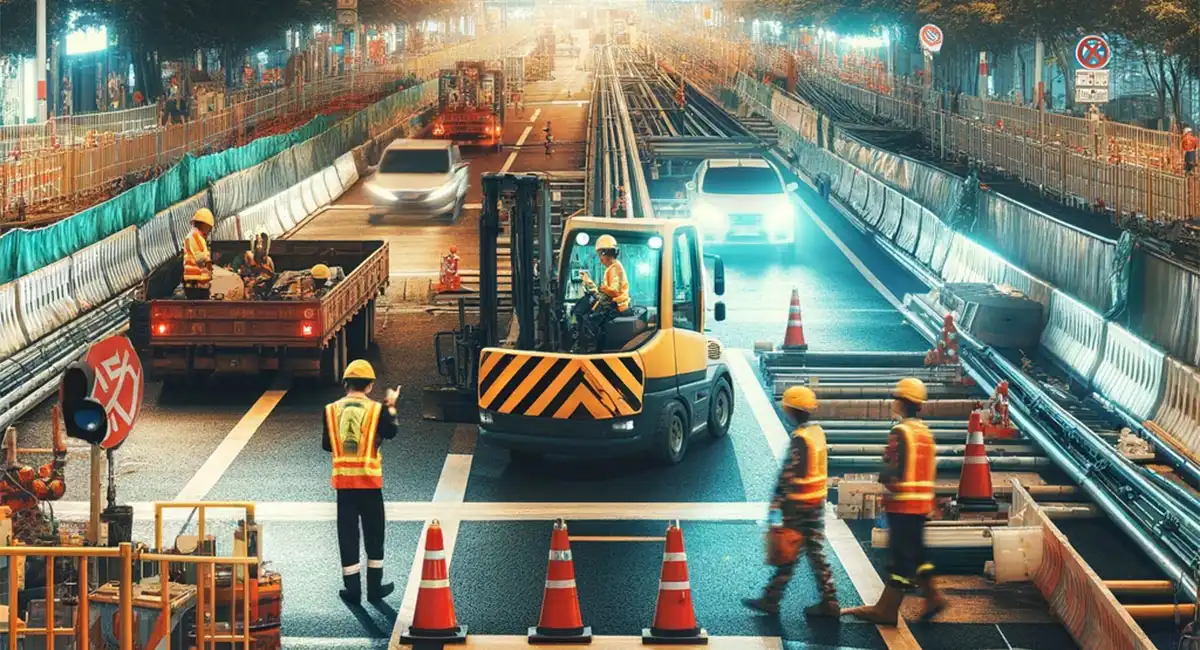
Traffic barricades can be installed in a number of different ways. They can be made of a variety of materials, including metal, concrete, or plastic. When considering which of these to use, it’s important to look at both the pros and cons of each.
Concrete
Concrete traffic barriers are a way of securing the perimeters around construction sites, utility work areas, and other areas where high-speed vehicular traffic is present. They help to prevent damage to vehicles and protect workers and the public from injury.
There are a number of types of concrete barriers. Some are plastic, while others are made of steel. The type you choose depends on your needs. You may need a barrier that can deter unwanted traffic or one that can redirect errant vehicles. Alternatively, you may need a barrier that can be relocated as conditions change.
Most concrete barriers are made of steel-reinforced concrete. This allows the barrier to handle vertical loads. Unlike plastic barriers, these can resist damage caused by trucks and heavy equipment. However, they are more expensive and difficult to move and store.
Water-filled barriers are a lightweight alternative to concrete barriers. While they are easy to transport, they do not meet DOT standards.
Steel
Steel traffic barriers are an important part of highway safety. They provide a protective barrier between workers and fast-moving cars. These barriers are often installed on on-ramps to prevent collisions.
Some of the advantages of using steel barriers include a low cost, good fire-resistance and high security. However, they also have some disadvantages.
The most obvious is that steel is not aesthetically pleasing. It is difficult to move and requires regular cleaning. Moreover, they can be easily damaged by vehicles. Hence, they need to be replaced as soon as possible.
Another disadvantage is that they can be very heavy. When compared to a concrete barrier, they can be more difficult to transport. This can lead to problems on sites with complicated terrains.
Another disadvantage of using steel barriers is that they can be expensive. In addition, they can be costly to replace when they are damaged or worn out. Consequently, companies should evaluate the total cost of ownership for each type of barrier before making a decision.
Water-filled
Water-filled traffic barriers are a type of barrier that are often used to direct traffic around hazardous areas. They can also be used to divide traffic into temporary lanes and split pedestrian zones. These barriers are a cost-effective solution for short-term traffic control.
Water-filled traffic barriers are made of durable materials and are designed to last for years. However, these barriers can be expensive. It is important to consider the cost of repair before purchasing a water-filled barrier.
Using a water-filled barrier is not the right choice for everyone. There are some problems with these barriers, such as the fact that they require high maintenance and cannot be moved as easily as concrete barriers. Despite these concerns, they are still highly effective and provide adequate protection on a temporary basis.
Water-filled barriers have become more popular over the past couple of decades. The advantages of these barriers over concrete barriers are that they are flexible, easy to move, and can be customized. Also, they are not prone to damage, unlike concrete barriers.
Plastic
Whether it’s a school yard, a construction site or a military installation, plastic traffic barriers are a great way to keep your visitors safe. They are also a cost-effective way to provide crowd control. Plastic barriers are sturdy, lightweight, easy to set up and reusable.
The best part about plastic traffic barriers is that they are environmentally friendly. Unlike metal and concrete barriers, plastic ones won’t rust. Their material is also UV stabilized. This ensures that they are less susceptible to high-speed impact.
These plastic barriers are also ADA compliant. If you’re using them in a hazard zone, they can be paired with barricade flags or hazard lights.
Another advantage of plastic traffic barriers is that they are able to be rearranged quickly. They can easily be transported and rearranged, making them perfect for use in a variety of locations.
When looking for a barrier to use on your construction or highway project, you may want to consider water-filled plastic jersey barriers. These can be positioned to establish a loading zone, or they can be used to redirect traffic. Water-filled barriers are also a good choice for establishing crosswalks.
In order to ensure road safety, it is better to paste reflective sheeting on the traffic barricades. The reflective film can enhance the visibility of the road, especially in night, dark environments.
